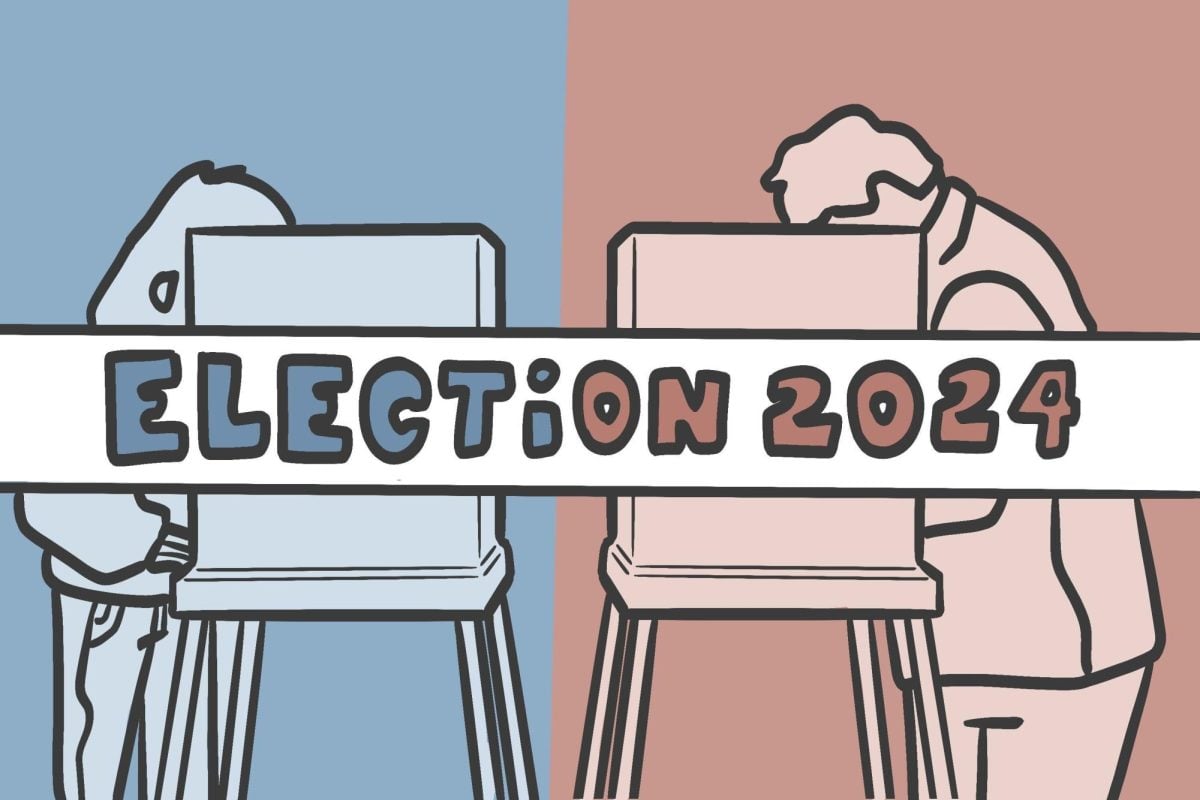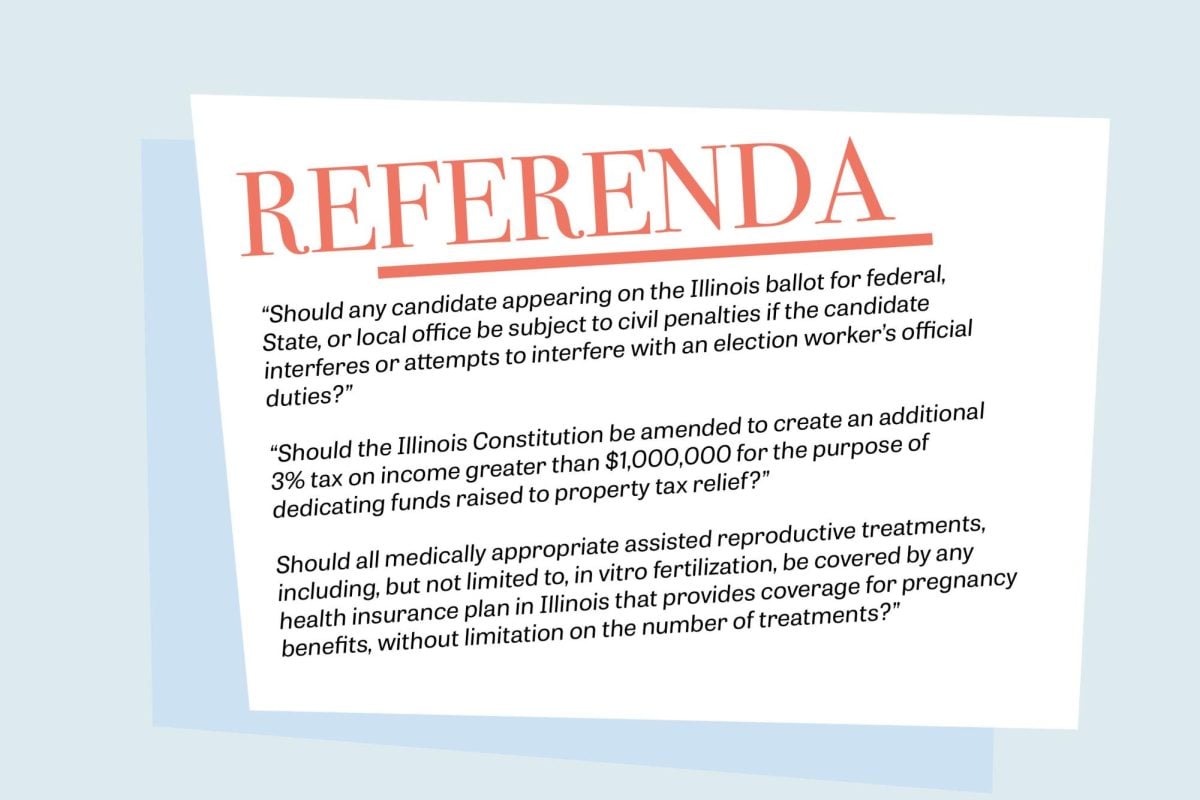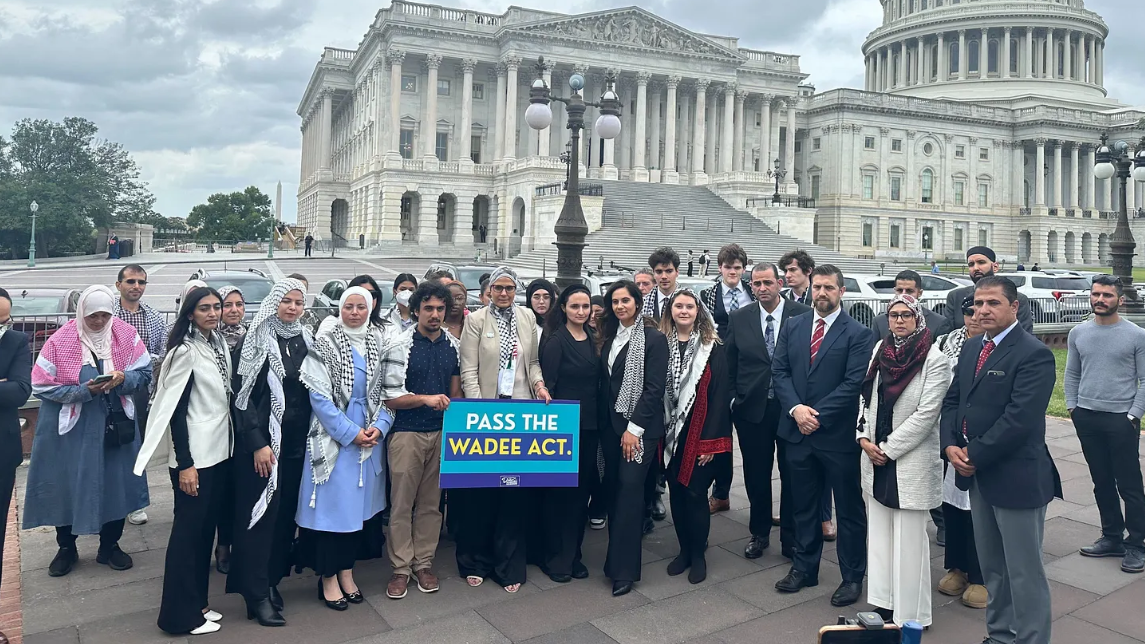While Evanston continues weighing the viability of a Lake Michigan wind farm, Illinois is leading the country in the number of wind turbines it installed last year.
In 2011, the state added 404 wind turbines and ranked second behind California in the total amount of the turbines’ power capacity, according to an American Wind Energy Association report. The data affirms the increasing popularity of alternative energy sources in the United States, said Ellen Carey, media relations manager of the AWEA.
“I think Illinois has shown with their wind manufacturing and their development that this is kind of a renaissance of manufacturing, and this is something that can continue,” Carey said.
Evanston city council members discussed the potential development of a Lake Michigan wind farm in July, ultimately deciding to continue research on the project’s viability.
“Generally speaking, I think wind energy is a good thing,” Ald. Don Wilson (4th) said. “On the other hand, putting the farm on the shore of Evanston itself does not seem to me like it would be a very workable project because of the cost perspective and the infrastructure on a densely populated area.”
Catherine Hurley, the city’s sustainable program’s coordinator, said the research process remains underway, adding that the State of Illinois Department of Natural Resources is facilitating an advisory committee to look at legislation and produce a framework for creating offshore wind.
The Lake Michigan Offshore Wind Energy Advisory Council, composed of Evanston residents, will report its conclusions in June.
“I think everyone’s going to be interested in what they find,” Hurley said.
The wind-energy industry supports 400 manufacturing facilities in 43 states, 28 of which are in Illinois, she said. Wind turbine technology has improved exponentially since the 1990s and early 2000s, she added.
“Illinois has a great resource, which is manufacturing,” Carey said. “It’s a great hub for manufacturing and wind business.”
The state built 25 percent of component parts in 2005 but increased that number to 60 percent in 2011.
“In a short time, we’ve become an in-sourcing hot spot,” Carey said. “Illinois has been a leader in that.”
Terry Royer, the president and CEO of Winergy Drive Systems Corp. in Elgin, Ill.,, said the first three quarters of 2012 will likely mark the largest installation base of wind turbines in the United States in a five-year period.
He said a portion of this increase can be attributed to the production tax credit’s impending expiration at the end of 2012. The annual tax credit is available for energy producers based on the renewable energy they produce.
Royer said any business desiring benefits from the 10-year credit must have projects completed and working by the deadline.
“You can imagine all the investors and all the developers have been working like crazy to get projects done this year under the wire,” Royer said. “Predominantly, while the industry’s been growing the last five years, the tax credit expiration is driving a significant amount of increase in 2012.”
Illinois implemented wind power in 2007 and 2.2 percent of its energy source is wind-based, Royer said. However, those numbers deviate far from the goal of having 25 percent of electricity generated by renewable resources before 2025, he added.
“While Illinois has started to accelerate, there’s still a long way from that 25 percent portfolio standard,” Royer said. “There’s still a tremendous amount of investment in jobs that could come as a result of that standard between now and 2025.”












